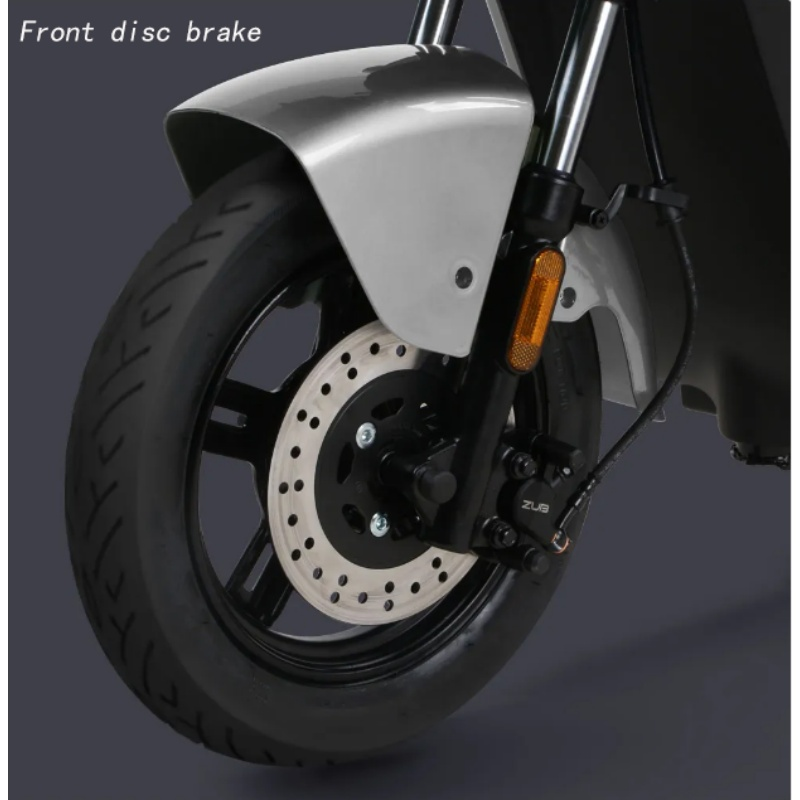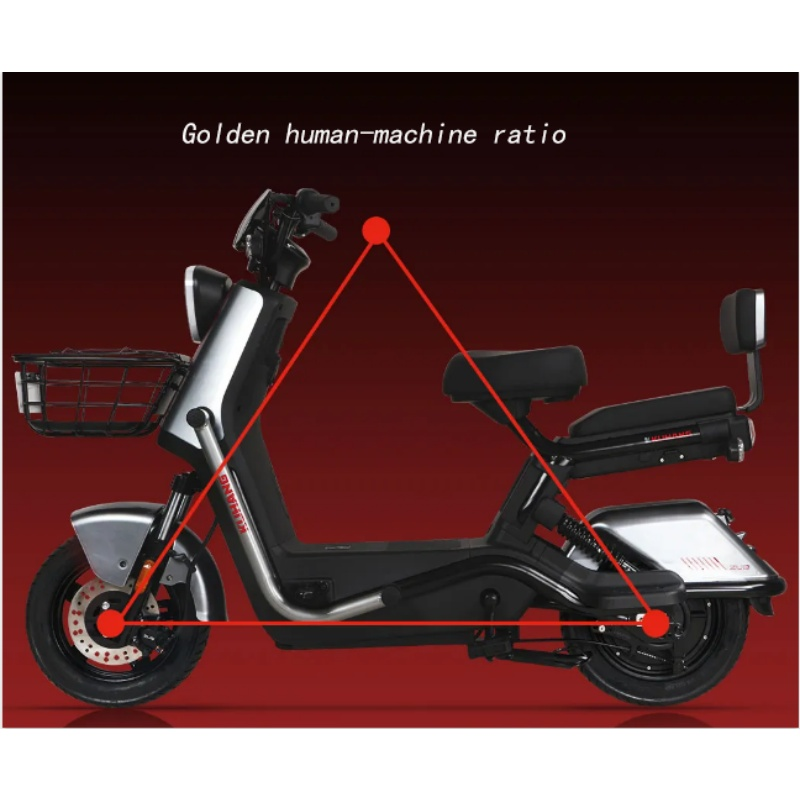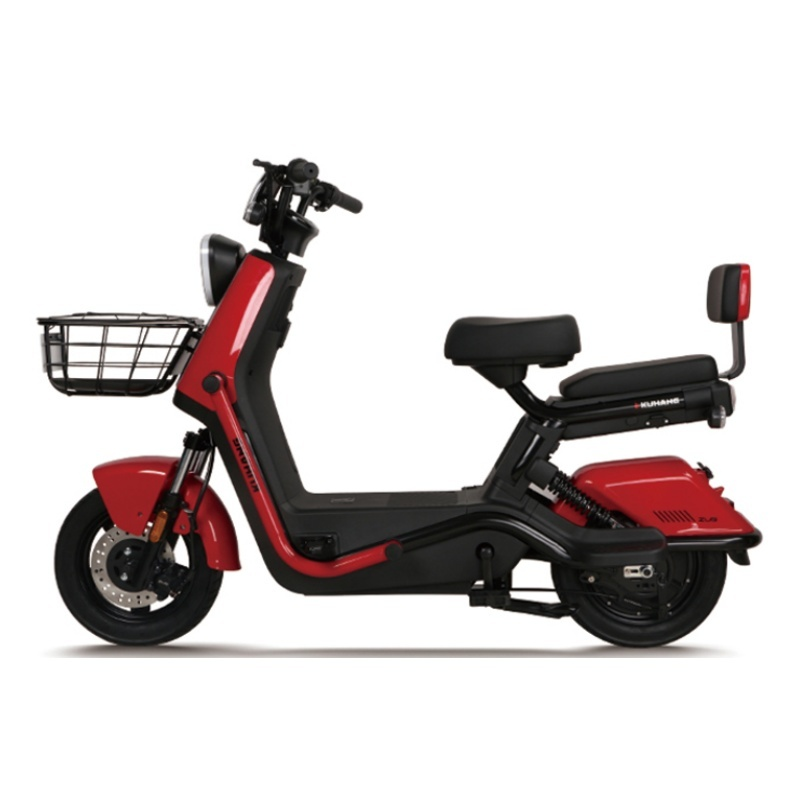bicycle and tricycle
Bicycles and tricycles represent fundamental modes of human-powered transportation that have evolved significantly over time. A bicycle, characterized by its two-wheel design, offers efficient mobility through a chain-driven mechanism that converts pedaling motion into forward movement. Its frame, typically constructed from materials like aluminum, steel, or carbon fiber, provides structural integrity while maintaining optimal weight distribution. The tricycle, featuring three wheels in either delta or tadpole configurations, offers enhanced stability through its wider base and lower center of gravity. Both vehicles incorporate essential components including handlebars for steering, brake systems for speed control, and adjustable seats for rider comfort. Modern iterations often feature advanced technologies such as multiple gear systems, hydraulic disc brakes, and ergonomic designs that enhance riding efficiency. These vehicles serve various purposes, from daily commuting and recreational activities to competitive sports and cargo transportation. Their simple yet effective design principles have remained largely unchanged, though continuous innovations in materials and components have improved their performance, durability, and user experience.


